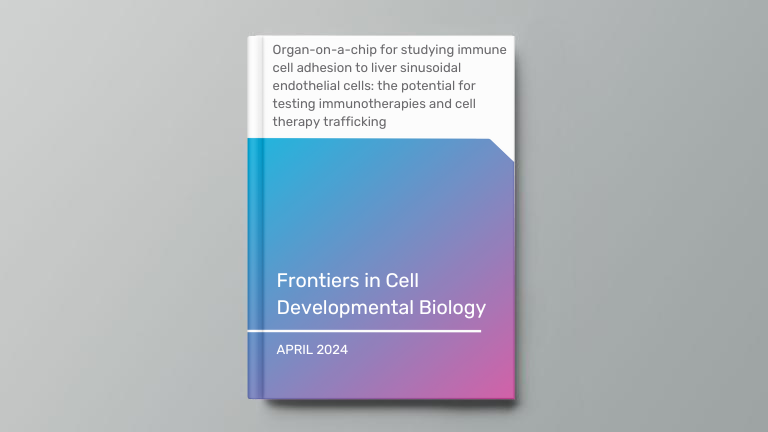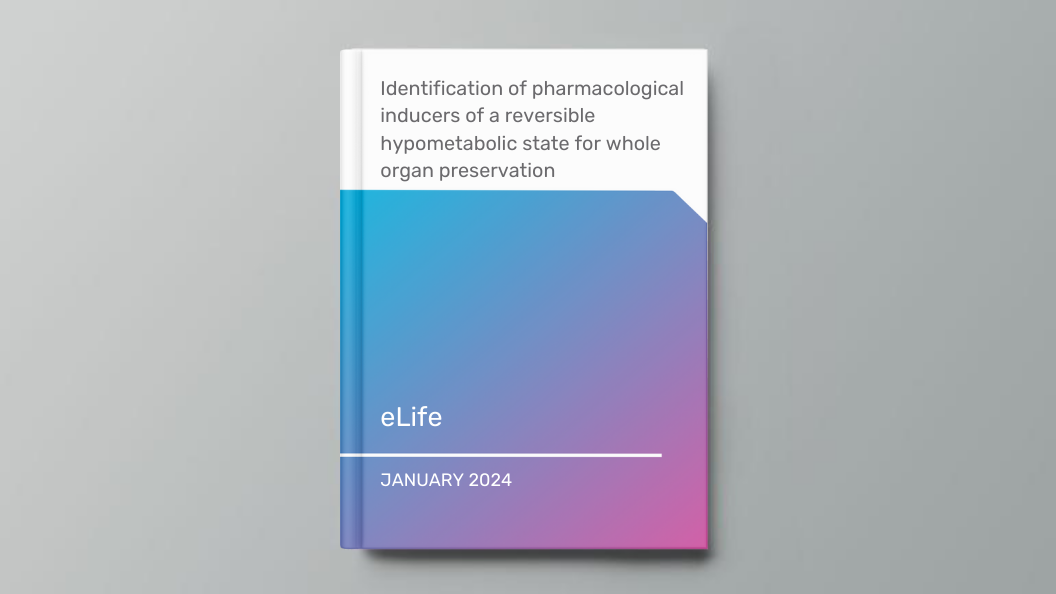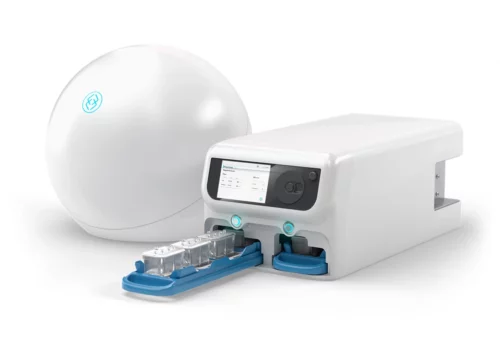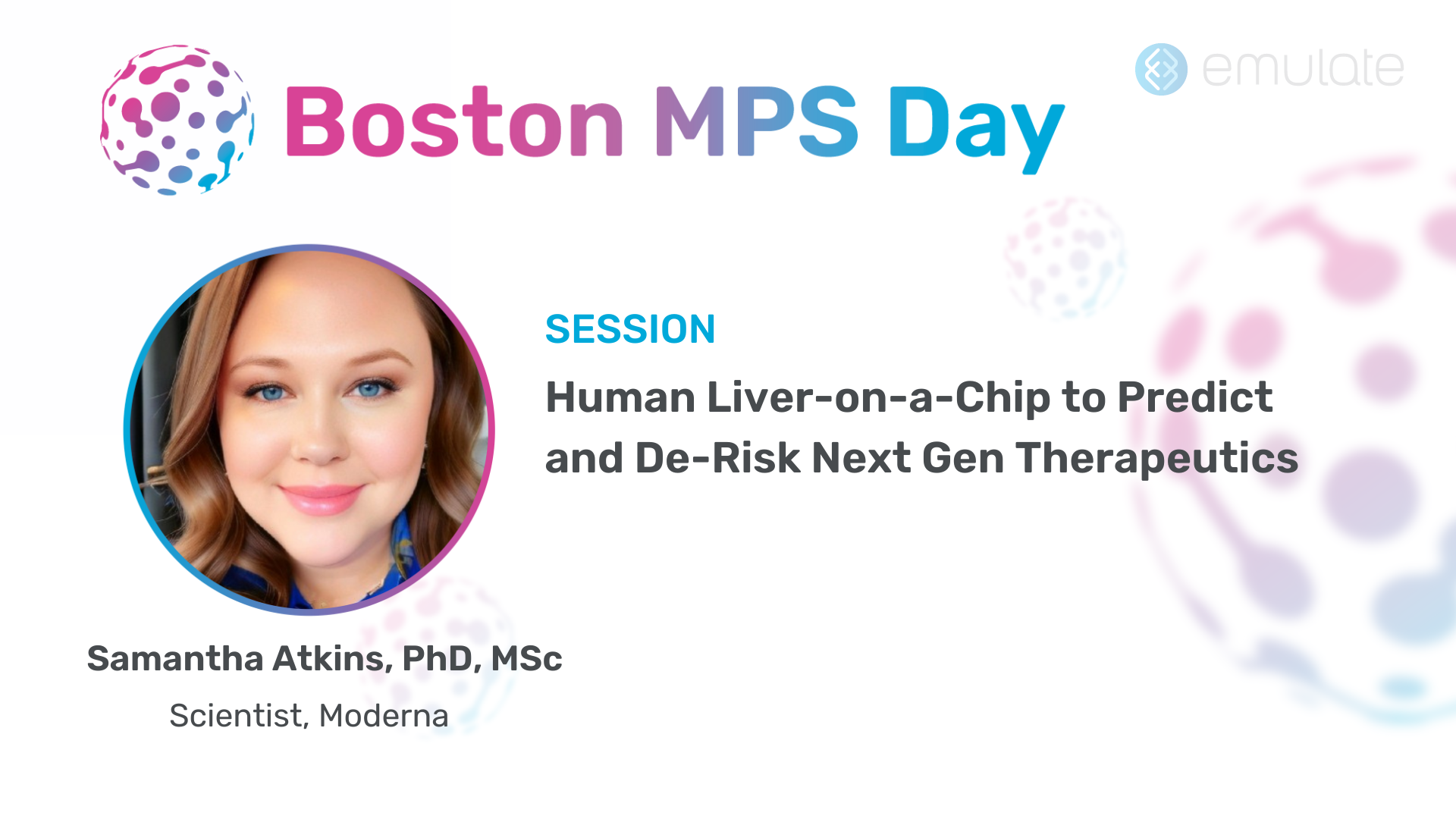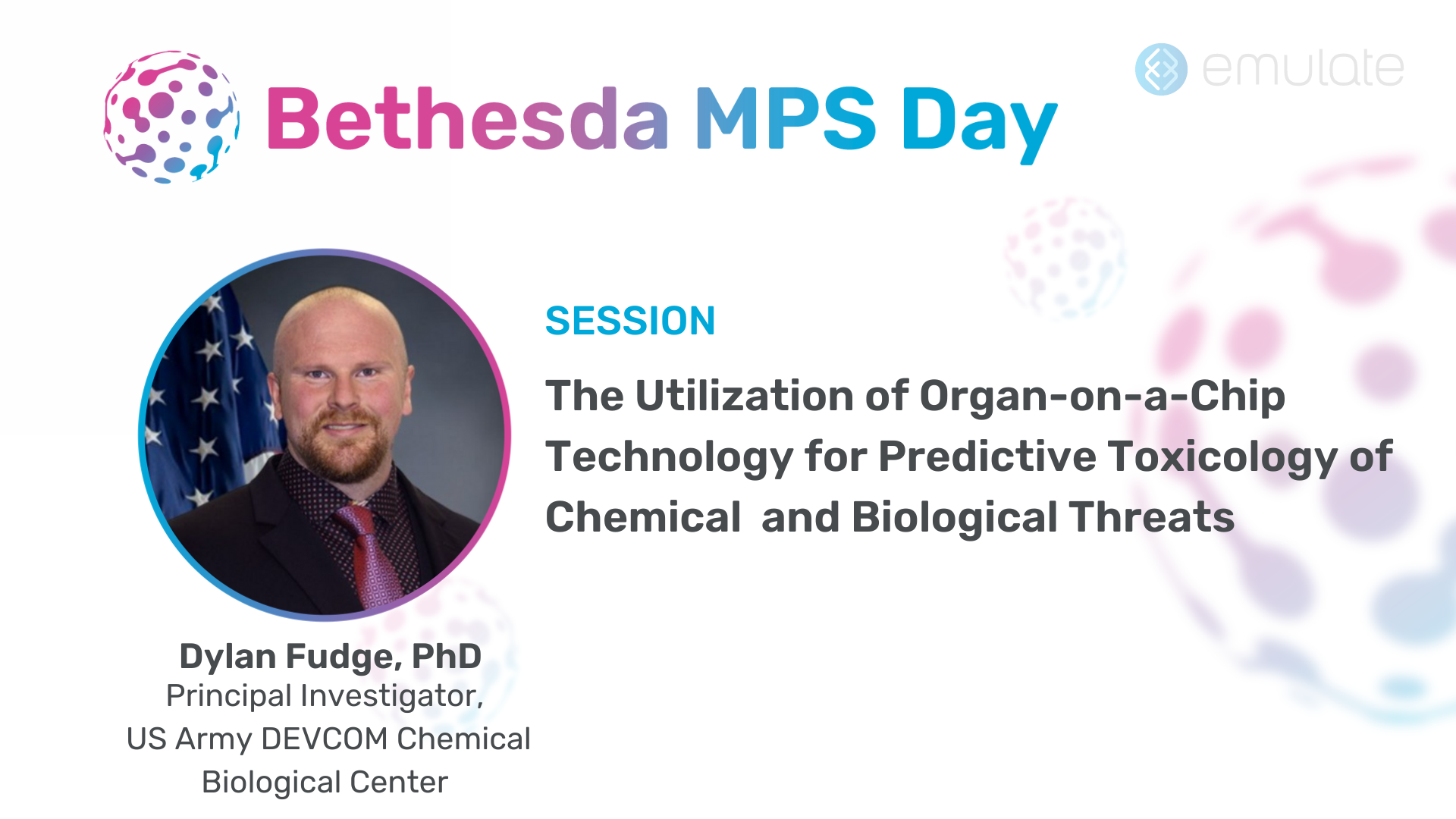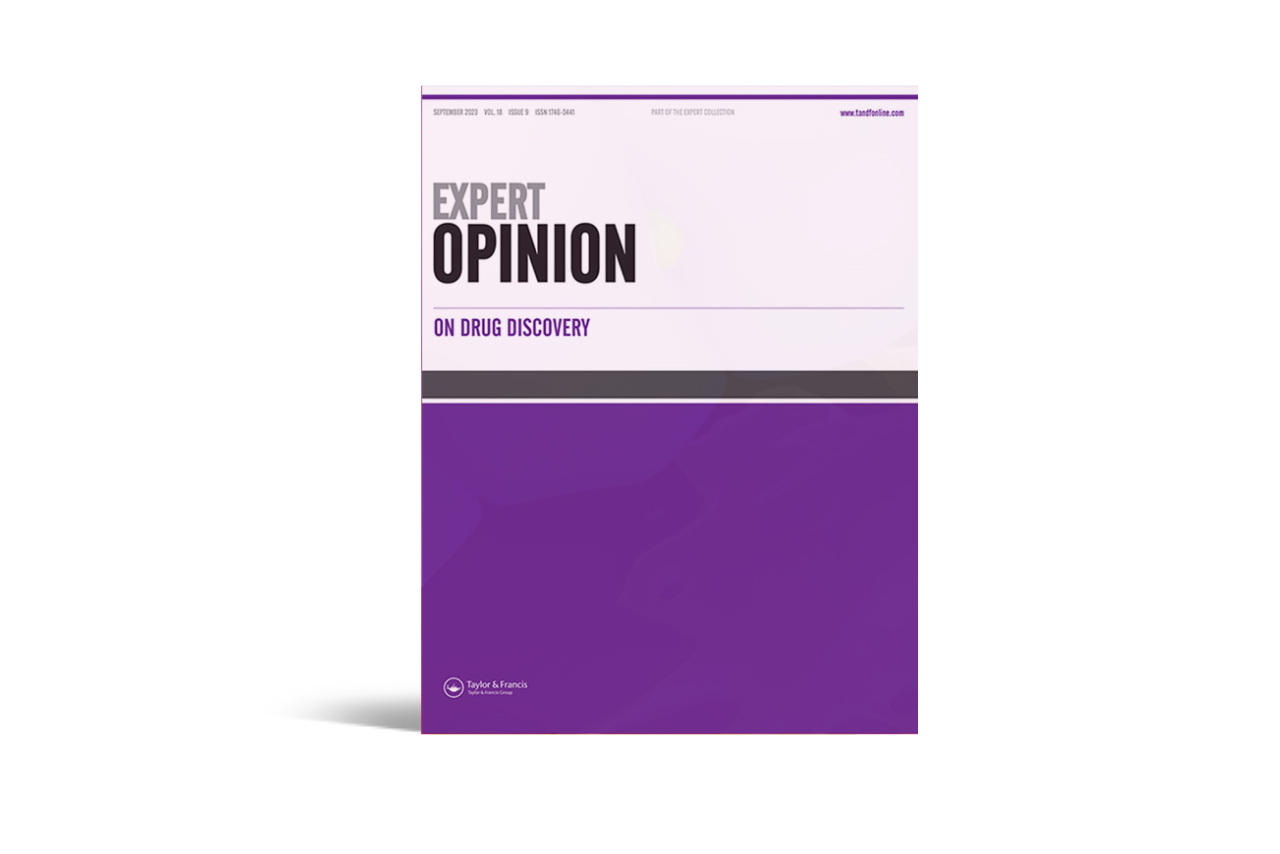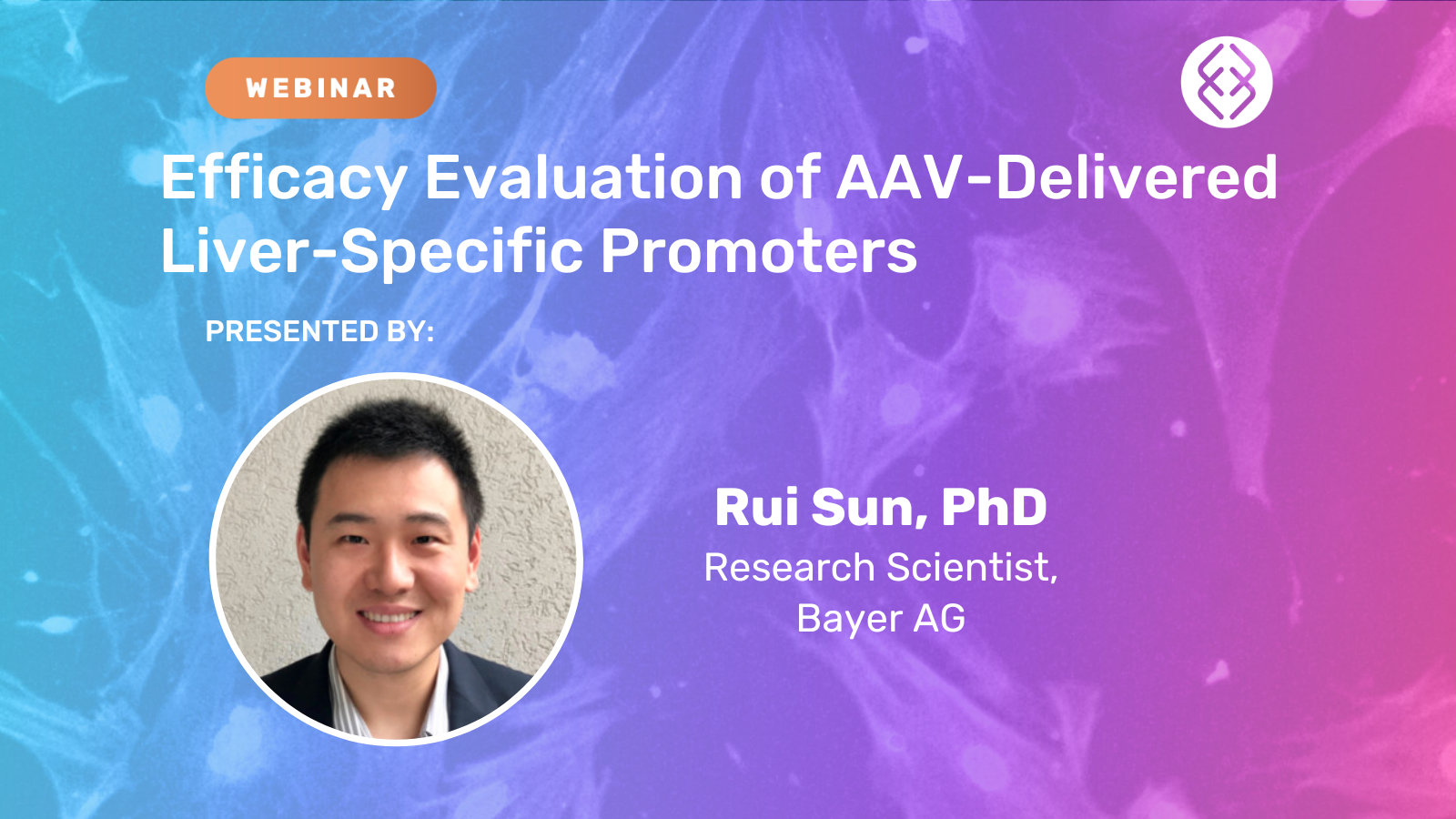Featured session at Bethesda MPS Day, which took place on November 9, 2023.
Dr. Dylan Fudge from the U.S. Army DEVCOM Chemical Biological Center discusses the use of Organ-Chip models, specifically Emulate’s MPS platforms, to advance the Army’s predictive toxicology efforts related to chemical and biological threats. Traditional safety and efficacy assessments often rely heavily on animal models and simplistic in vitro assays, which may not accurately reflect human physiology, particularly for acute, high-risk agents. By integrating human-relevant cells into microfluidic devices, Dr. Fudge’s team aims to improve mechanistic understanding, dose-response assessments, and long-term impact evaluations of nerve agents, PFAS compounds, and pathogens like SARS-CoV-2.
He showcases three major projects:
- VX Nerve Agent on Liver-Chip:
Exposing a human Liver-Chip (with hepatocytes, endothelial cells, stellates, and Kupffer cells) to sub-lethal VX concentrations allowed for multi-omics analyses (proteomics, metabolomics, and transcriptomics). The system revealed shifts in metabolic pathways, bioenergetics, and nitrogen metabolism consistent with in vivo and clinical literature. Importantly, VX’s known mechanism—disruption of acetylcholine breakdown—was mirrored in altered choline metabolism, reinforcing the Liver-Chip’s translational relevance.
- PFAS Exposure in Kidney and Liver-Chips:
Investigating polyfluoroalkyl substances (PFAS), the team saw patterns of compound retention and toxicity aligned with known clinical effects. Liver and Kidney-Chips demonstrated differential absorption and metabolic responses to PFAS, supported by robust omics data. Oxygen stress markers and biomarkers like uric acid levels recapitulated known toxicity profiles, indicating the chips’ capacity to model chronic, low-level exposures and related subtler health effects.
- SARS-CoV-2 Infection Using Lung-Chips:
Lung-Chips incorporating airway and alveolar regions enabled controlled infection with SARS-CoV-2 variants. Despite minimal acute cytotoxicity, omics analyses detected hallmark inflammatory pathways and mechanistic insights matching emerging clinical findings—such as immune activation and potential neuro-related disease pathways—emphasizing the chip’s ability to reveal complex host-pathogen interactions.
Collectively, these studies highlight the versatility and reliability of Emulate’s Organ-Chip platforms under rigorous defense-oriented research conditions. Their capacity to maintain viable tissues, capture human-like biology, and provide high-content data (via omics) positions these systems as valuable tools to reduce animal use, support therapeutic development, and enhance understanding of chemical and biological threat agents at a mechanistic level.

